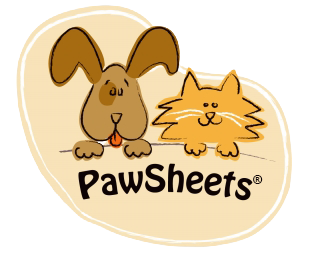
To some people this may seem like a stupid question. Wash a dog dish? Wash it when it gets dirty – right? Hmmm… not the best answer. Just like a dog bed cover, food and water bowls may be growing some nasty things - that are not apparent to the naked eye.
According to research, a pet food dish can be one of the most contaminated objects in a home. It even has been equated to having the same bacterial load as a toilet. EWW! That’s why it is so important to follow the FDA guidelines for pet and human food safety.
Dog Bowl Washing Statistics
We worry about dog food ingredients… but what about the bowls you are serving to you dog? According to a recent study by Plos One, most pet owners do not wash their pet’s food dish as much as they should – after every use.
- 12% of dog owners wash their pet’s food dish at least once daily
- 22% of dog owners wash their pet’s food dish once a week
- 18% of dog owners wash their pet’s food dish less than every 3 months or not at all

When it comes to washing a pet’s bowl, most pet owners use warm soap and water, followed by the dishwasher. Most of the time, pet bowls are washed alongside human dishes. On a positive note, most dog owners inspect food packages for damage, do not use the bowl as a scoop, cover leftover dog food, avoid raw food, and make sure their dog cannot access discarded food.

The study also looked at type of food, bowl material, and food storage. For details on the study, use the link under Resources.
FDA Guidelines for Dog Food Safety
There is a need to educate pet owners about pet food handling and hygiene to minimize bacterial contamination of dishes, especially for the high-risk population. Pets and pet food can carry pathogens including E. coli and Salmonella; potentially causing serious illness in someone who is immunocompromised. The FDA recommends lathering up before and after feeding your pet, washing scoops and bowls with hot water and soap after every use.
Follow these FDA recommended safety food and treat tips to keep your pet healthy:
- Store pet food and treats in the original container or bag
- If you want to store dry pet food in another container, put the entire bag into the container rather than pouring your kibble directly into it.
- If you must put your dry pet food into another storage container, make sure it’s clean dry and has a tight lid. Make sure to write down the UPC code, lot number, brand, manufacturer and best buy date. Tape it to the container (good to have in case of a recall!). Wash and dry the container between fillings.
- Store dry pet food and open canned food in a cool dry place - less than 80° F
- Always refrigerate or throw out unused canned pet food
- Wash and dry pet food bowls and scooping utensils after each use
- Wash water bowls daily
- Keep treats in a secure location
- Use safe handling tips (wash your hands, preop aeras, utensils, dishes with hot soapy water) as pet food and treats can be contaminated with harmful bacteria that can cause foodborne illnesses
Dog toys, bed, blankets, and dishes need the same care as our own items. Keep a healthy environment for your best buddy – wash the dishes daily and change the PawSheet® or dog bed cover at least once a week!
Please share this information with other pet owners.
CDC Pet Food Safety Flyer - https://www.cdc.gov/healthypets/resources/pet-food-safety-2-pager-H.pdf
Resources:
FDA Guidelines https://www.fda.gov/animal-veterinary/animal-health-literacy/proper-storage-pet-food-treats
Plos One Study https://journals.plos.org/plosone/article?id=10.1371/journal.pone.0259478
Image by Mart Production from Pexels
